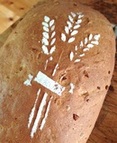 Picture From King Arthur's Flour Web Site
Picture From King Arthur's Flour Web Site Stenciling your loaves is VERY easy. It will take your baking to a whole new level and make you look like a true artisan baker. It's funny how something so simple can create such awe from a table full of hungry people.
Stenciling involves placing a flat, patterned object (most commonly a leaf or flower) on top of your loaf, then dusting the loaf lightly with flour. When the stencil is removed, the pattern stays, and looks beautiful after the loaf is baked.
Here is the simple process:
Stenciling involves placing a flat, patterned object (most commonly a leaf or flower) on top of your loaf, then dusting the loaf lightly with flour. When the stencil is removed, the pattern stays, and looks beautiful after the loaf is baked.
Here is the simple process:
- Follow your recipe through the final rise (proof). At this point your bread should be shaped and in the pan (or on the sheet/stone) and ready for the oven.
- Mist with a squirt gun to lightly dampen the surface of your bread.
- Place the stencil on top of the moistened loaf.
- Sprinkle the flour evenly across your stencil, as lightly or heavily as you prefer.
- Remove the stencil carefully, and bake your bread.

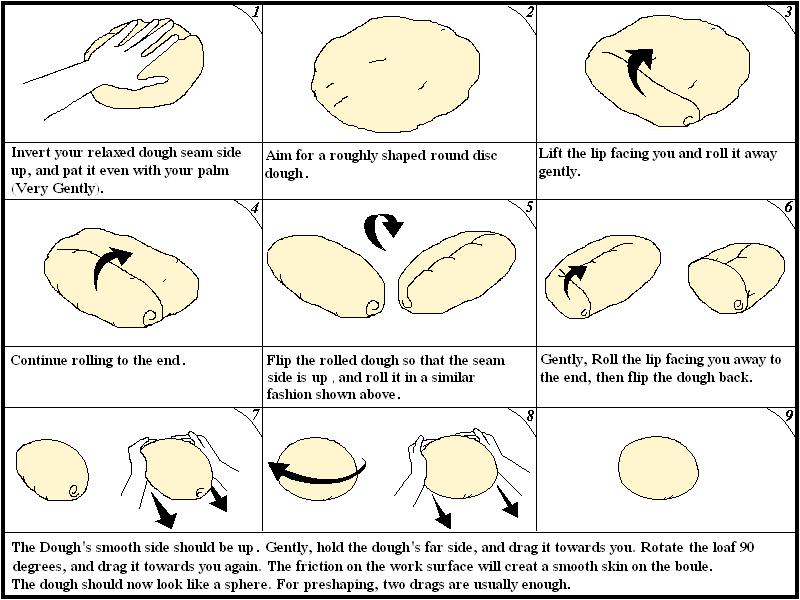
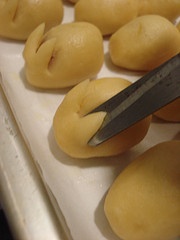
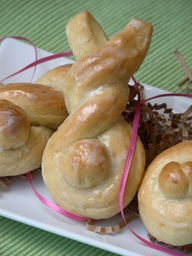
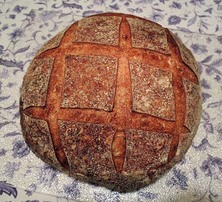
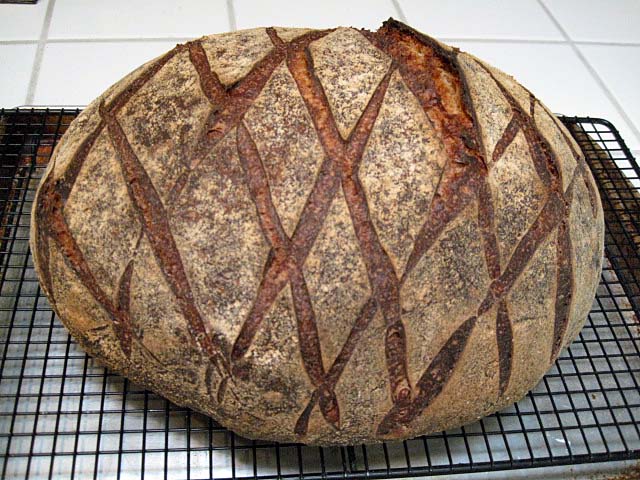
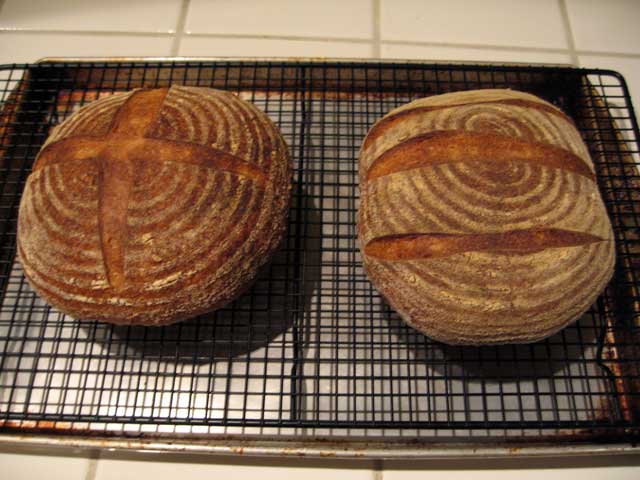
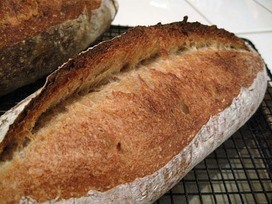
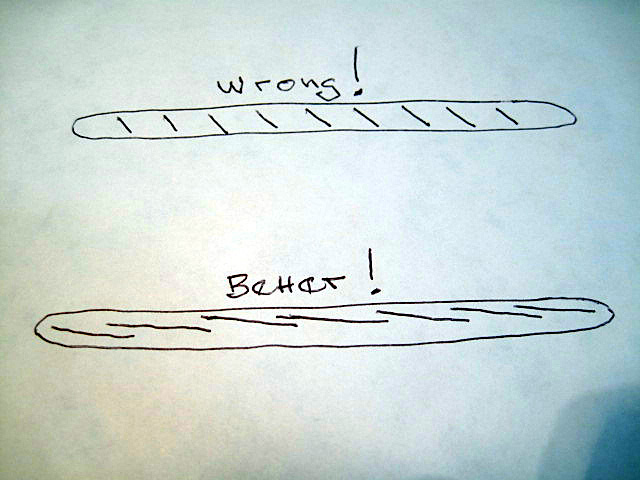
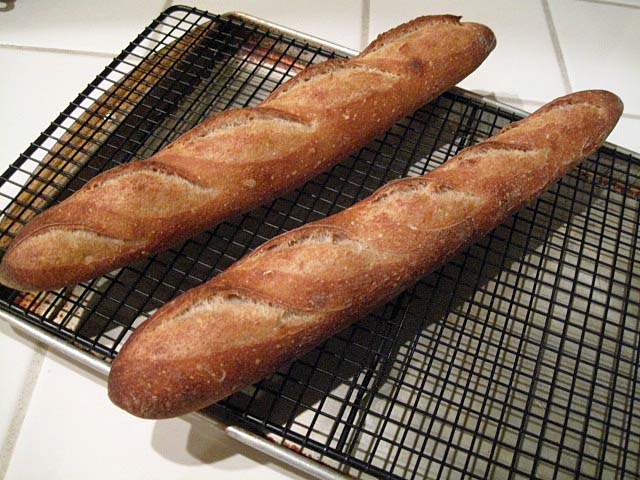
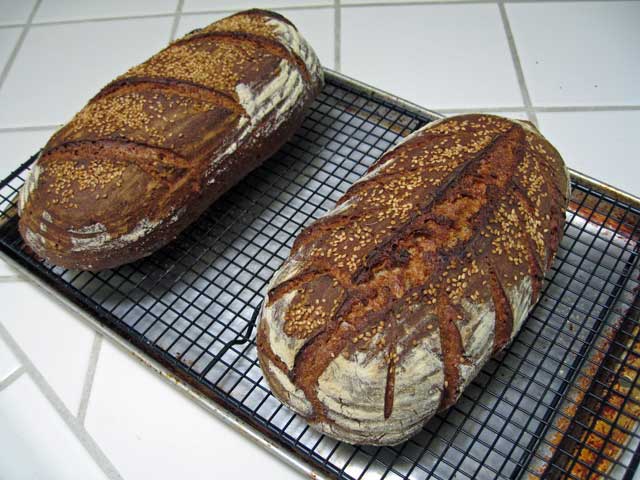
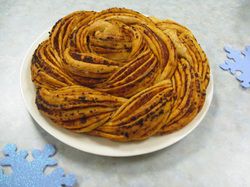
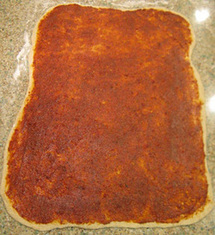

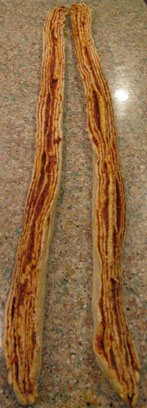

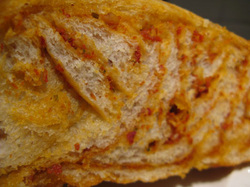
 RSS Feed
RSS Feed
